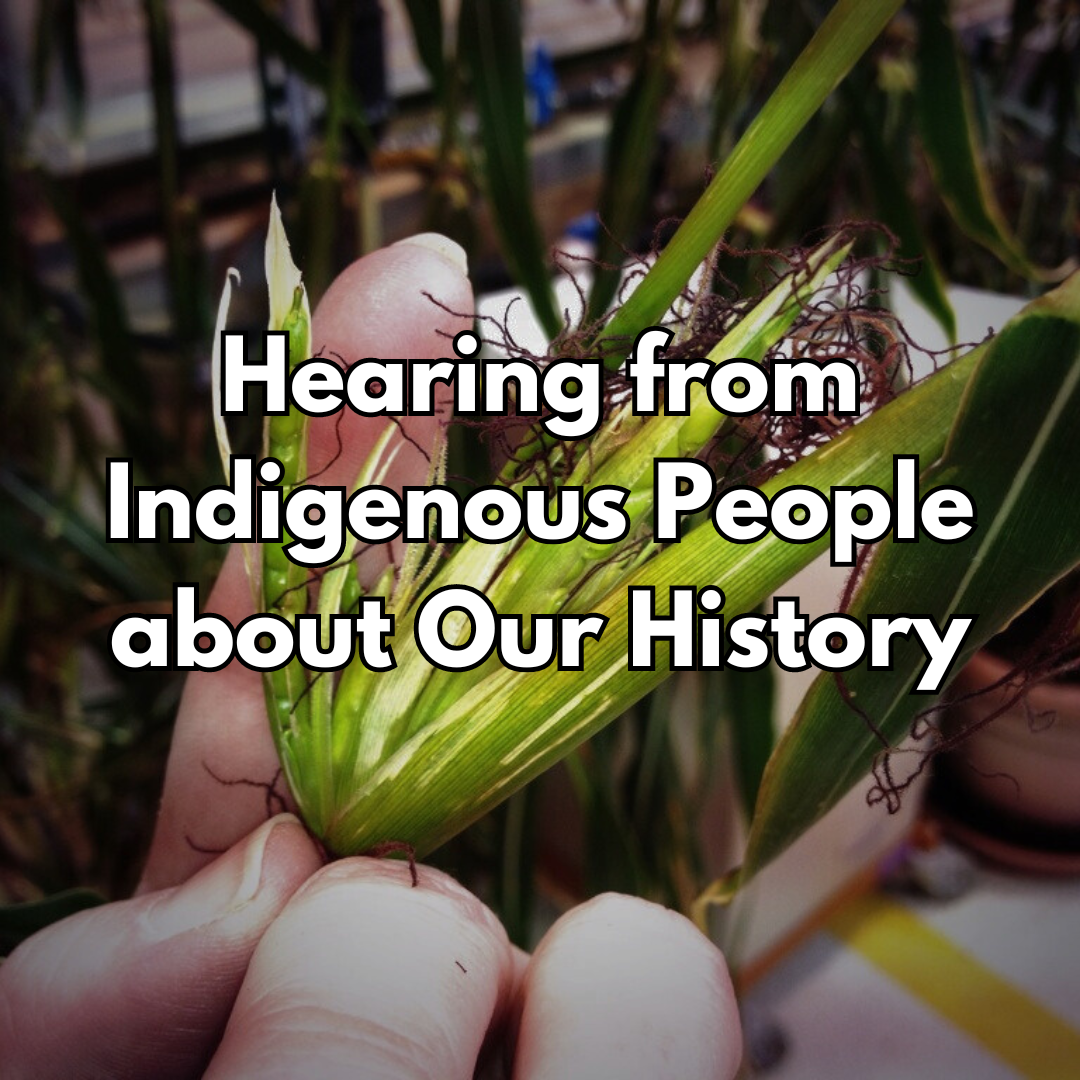This year I’ve had a chance to learn a lot about the first people who were at home in the lands we now call North America. These Native Americans had amazing civilizations where agriculture thrived and community was a focal point. I encourage you to take some time to listen to these episodes, watch the videos on them as well.
Digging Up Ancient Desert Farming Practices
So often when I travel abroad I am mesmerized by ancient history, so I was totally into getting this interview on ancient desert farming practices. Seeing a Smithsonian article on the Gila River Indian Community led to my finding connections in the US who could talk about the way water was used in prehistoric times, as well as well known times in US history. So in this episode, archaeologists Kyle Woodson and Wesley Miles talk to us about the native peoples who have called this land home, water use and other pieces of the community. The following episode is a conversation with farmer Terry Button who’s family grows a number of traditional crops on the rez. (See the video from my visit with Wesley where we talked about ancient desert farming practices.)
Revitalizing Native Foods & Farming at Ramona Farms
We continue discussions about native foods and farm on the Gila Indian Community in Arizona (hope you caught part 1 talking the culture, history & water of the Pima people). In this episode we talk with Terry Button about the work he and his wife Ramona are doing at Ramona Farms. Terry shares some of the foods the Pima people have eaten for generations, sharing the roles of corn and tepary beans and some of the foods that can be foraged in the desert. (See video from my visit with Terry on revitalizing native foods.)
Uncovering Cahokia’s Food History & Forgotten Farmscapes
With Cahokia’s food history on our minds after our last episode, we turn to my backyard of St. Louis and are digging into more Native American food and farming history. Joined by Dr. Gayle Fritz, anthropologist and professor emeritus from Washington University, we uncover the mysteries of this once-thriving metropolis and its food and farming footprint. (See the full blog post and photos on Cahokia’s Food History).



